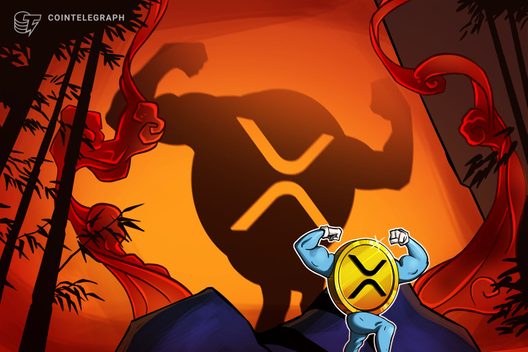Tether’s market cap is growing at a near-record pace
The market cap of USDT swelled by 1 billion over nine days.
529 Total views
7 Total shares

The market cap of Tether (USDT), a U.S. dollar-pegged stablecoin, has surged in recent weeks, potentially helping to fuel the recent Bitcoin (BTC) rally that drove prices to near all-time highs.
Paolo Ardoino, who serves as dual CTO to Bitfinex and Tether, tweeted Thursday that the supply of USDT increased by 1 billion over nine days, marking the second-fastest expansion in its history. The record was set on Sept. 4, 2020 when, over eight days, USDT’s circulating supply increased by 1 billion.
At press time, Tether had a market cap of nearly $19 billion, meaning that there are roughly 19 billion USDT in circulation at a price of $1.00.
Tether’s market cap has increased by nearly four times since the start of 2020, according to CoinMarketCap data.

At the current circulating supply, Tether has the fourth-highest market capitalization of any cryptocurrency.
USDT and other so-called stablecoins offer fiat onramps to cryptocurrency markets, thereby minimizing price volatility and ensuring easy redeemability once digital assets are sold. Although USDT is supposedly backed by real U.S. dollar reserves, Tether has never produced a full audit of its bank accounts.
In 2019, a Bloomberg report claimed that Tether’s USDT was not completely pegged to the dollar, but rather that the circulating supply is only backed by 74% in cash and short-term securities.
Tether is also run by the same management group that oversees Bitfinex, one of the largest cryptocurrency exchanges in the world. It has been alleged that Tether and Bitinex manipulated the 2017 bull market, though proving such a claim is difficult due to the complex nature of decentralized cryptocurrency markets.
Legal experts informed Cointelegraph earlier this year that the scope of market manipulation in an asset as novel as Bitcoin will be difficult to establish.
In the meantime, Tether remains the dominant stablecoin in the industry, accounting for more than three-quarters of the stablecoin market cap.









